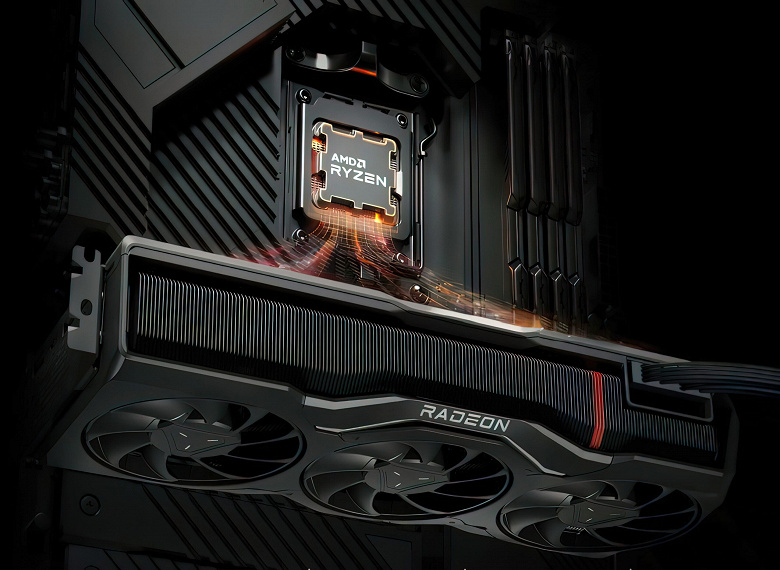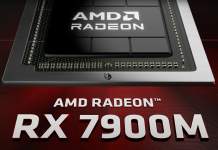GPU Navi 31 allegedly came out on the very first A0 stepping
A rather curious story is unfolding around the Radeon RX 7900 graphics cards after full reviews were published.

There is speculation, based on the Mesa 3D source code, that AMD has launched video cards based on the Navi 31 GPU with the A0 stepping. That is, the very first stepping, which under normal conditions does not enter the market, but is used for internal tests and architecture refinement. And the problem is not in the stepping itself, but in the fact that the GPU itself in this form allegedly has an inoperative shader prefetching technology. And this has a direct impact on performance.
Based on the available data, in the RDNA 2 architecture, disabling sampling leads to a performance degradation of only 5%, which is not critical. However, it is not clear how critical the performance degradation is in the case of RDNA 3.
The problem is that AMD simply cannot quickly fix the situation, update the stepping and release the next batch of cards with a normal GPU and increased performance. It will take at least a few months to work, and one can only guess how long to wait until such cards appear on the market. But against the backdrop of this situation, there was an assumption that in the Radeon RX 7950 XT the GPU will already be fixed, and such a card will not only be much faster than the RX 7900 XTX, but may actually be able to compete with the GeForce RTX 4090. In addition, the Navi GPU 32 will supposedly come out with a solved problem.
Guessing that something is wrong with AMD’s new products did not appear out of nowhere. Indeed, at first glance, everything is very good: the RX 7900 XTX is significantly cheaper than the GeForce RTX 4080, but even a little more productive. However, there are a number of nuances. Firstly, the results of the RX 7900 XTX do not match what AMD itself promised when comparing the new product with the RX 6950 XT. Recall that the company talked about an increase of 50-70%, indicating specific games. However, if you look at the real results, not always everything corresponds to the promises, although in some games everything is in order. Secondly, there are big problems with energy efficiency. It is approximately at the level of RDNA 2, but AMD promised a 50% improvement. And one could write everything off as a simple lie, but RDNA 2 at one time was indeed much more energy efficient than the first generation RDNA. Thirdly, AMD has repeatedly said that the new Navi 31 GPU is designed to operate at a frequency of about 3 GHz. As a result, the real frequencies are significantly lower. Moreover, many reviewers have recorded a huge spread in the frequency of the GPU in different games, which is not the case with other cards. As a result, it turns out that in some games, new Radeon products simply work far from their maximum capabilities.
There are also rough estimates regarding the cost of the Navi 31 GPU, with the conclusion that AMD is probably selling new video cards much cheaper than they should. Allegedly precisely because the actual performance is lower than predicted.
In general, the situation is quite strange and not yet fully clarified. Perhaps everything will become clear when cards on the Navi 32 GPU are released or already when the RX 7950 XT comes out on the updated Navi 31.
In any case, you should understand that these are all questions that do not affect the current situation, when the RX 7900 XTX is faster and cheaper than its main competitor.




